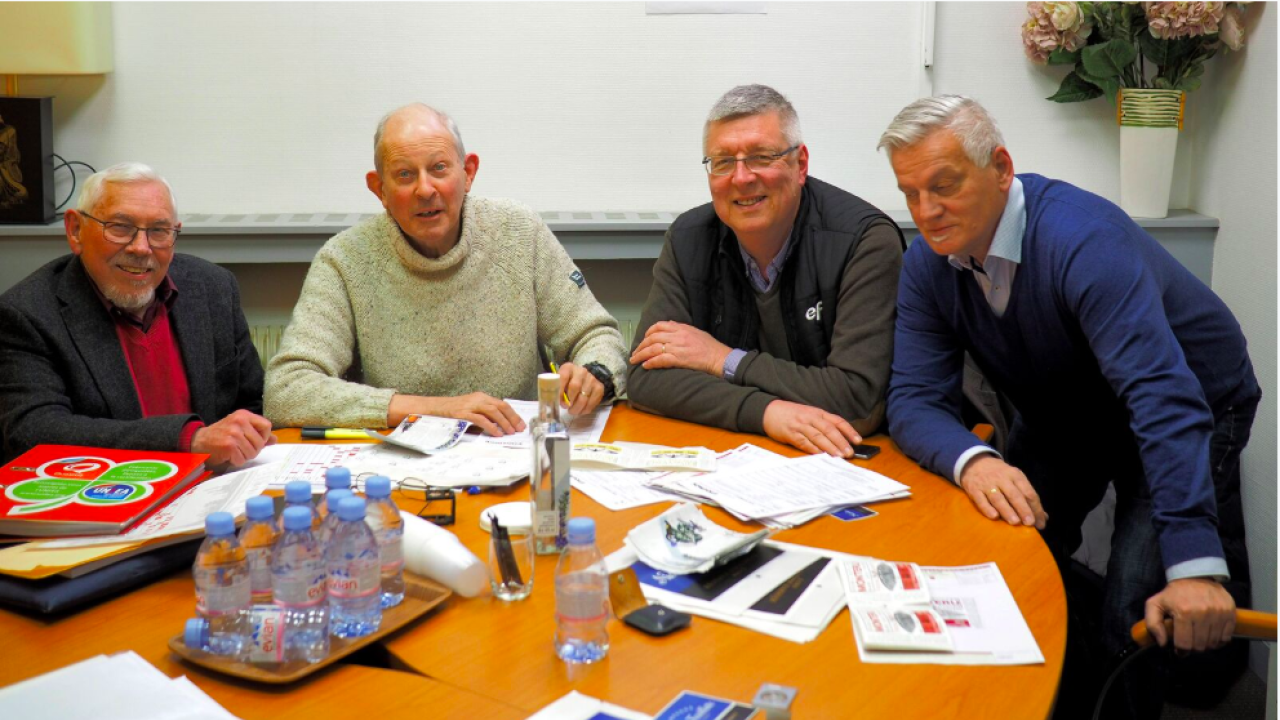Beyond the loupe

This year 14 companies submitted 54 entries to the 2018 edition of an annual print competition organized by the journal Etiq & Pack. The judging was held at the Paris headquarters of UNFEA (Union Nationale des Fabricants d’Etiquettes), which has a membership of around 1o0 label converters and 80 suppliers. The winning labels will compete for the UNFEA Grand Prize awarded at the All4Pack event in November.
The digital label scene in France shows similar patterns of growth and evolution as in other parts of Europe. This year, however, the entire label and packaging industry is expected to improve its recent performance in line with a sharply improved business climate and a stabilized unemployment rate. Official sources forecast the country’s return to economic growth reduces a dependence on household consumption and mirrors that of most eurozone countries.
Nevertheless, the demand for labels and packaging continues to rise. A retail market report suggests that unlike in the rest of Europe, French brand owners stand to gain a larger share at the expense of own-brands. Furthermore, this will help boost digital label printers as brand owners become more adept at adopting marketing methods based on print-on-demand, personalization and versioning capabilities for their main consumer brands. Other positive factors include increased volumes of labels for products requiring stringent regulatory requirements, such as pharmaceuticals, a more focused approach to using anti-counterfeiting labeling, and more digitized plants capable of offering fast turnarounds within 24 hours.
All this reflects the technology’s homogeneity on the global scene. In France, as elsewhere, most digital installations complement conventional flexo and offset technology, with a few hybrid systems being installed. Generally speaking, digital label production in France accounts for a 10-15 percent share of most users’ turnovers.
Stand-out labels
Against this background, the competition judges with their loupes to hand sought to identify the stand-out labels in each of the nine categories. Among the quality criteria, judgements were made on the sharpness of small-sized reversals, the accuracy and gradations of flesh tones and vignettes, the color consistency of solid areas, and cut-to-print registration.
Other questions were more subjective. Was it a true digital job? Could other print processes have worked equally well? The label’s overall aesthetic appeal, especially for high-value products, was also important, but the judges were not looking for the best-designed label. Rather, it was a question of balancing the aesthetic factors with the technical competence required.
In terms of the technologies used, HP Indigo’s strong presence in France was evident. Several entries were created with HP’s SmartStream Mosaic software. This automatically creates millions of designsbased on core patterns for end-users’ customized marketing campaigns. Xeikon’s dry toner system is also strong, while high-end, drop-on-demand inkjet technology using UV-curable inks continues to gain ground. Epson and Domino were cited as major players here. The presence of many intricate shapes pointed to a noticeable use of laser die-cutting, while several entries made good use of metallized filmic substrates, as well as variable numbering and encoding.
Stay up to date
Subscribe to the free Label News newsletter and receive the latest content every week. We'll never share your email address.


